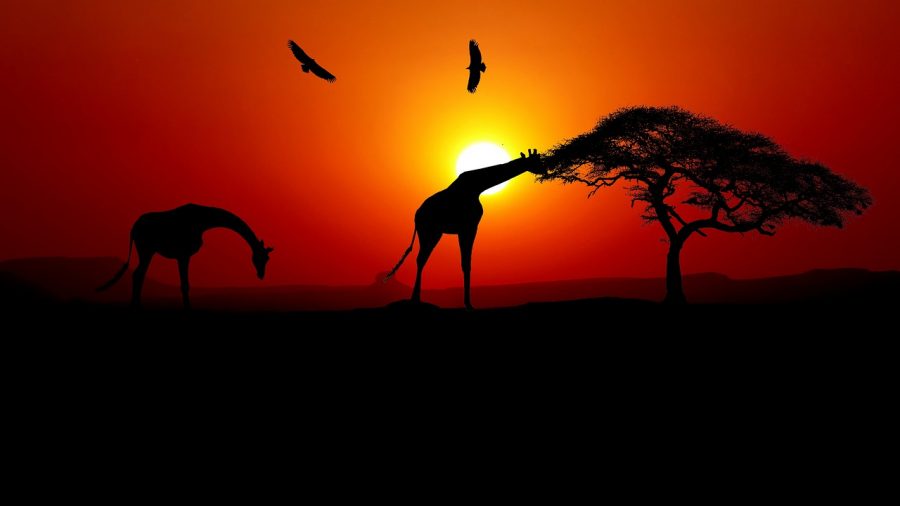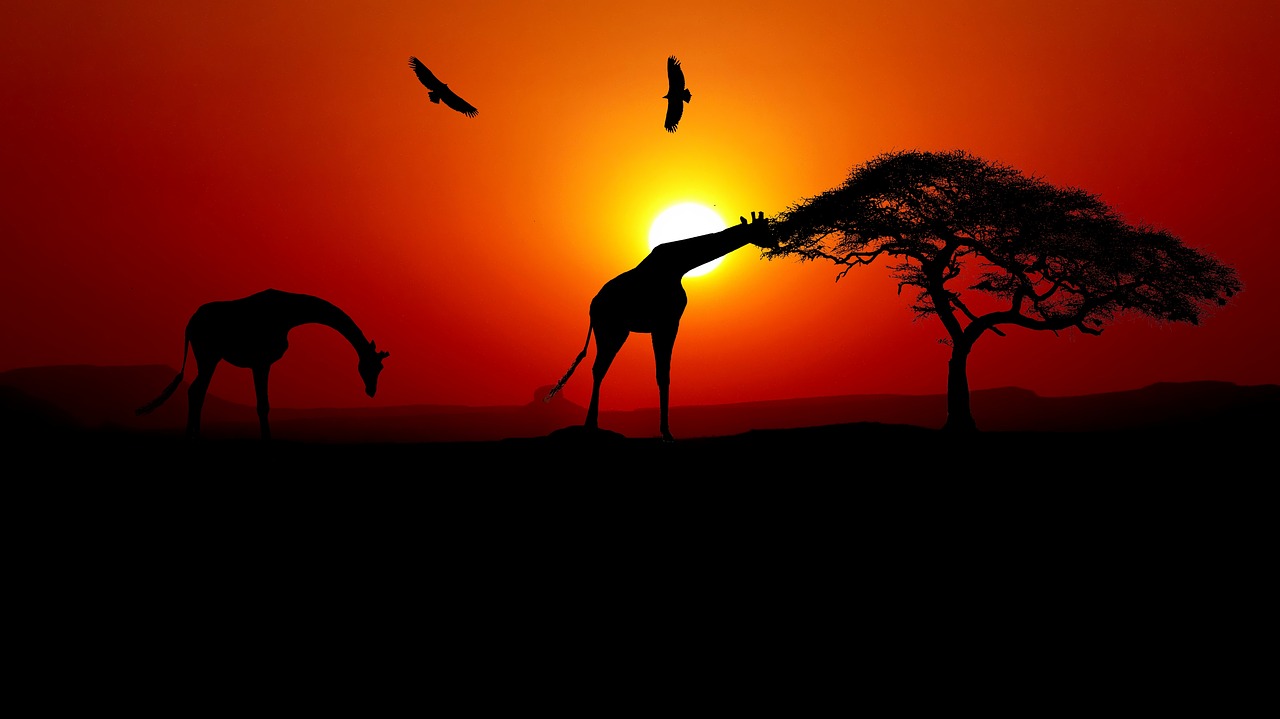
Experts Call for Urgent Action to Protect Giraffes from ‘Silent Extinction’
Conservationists and some African countries (not South Africa) have this week called on the international community to urgently help prevent the risk of a “silent extinction” of the African giraffe which lives in SA and other countries across the continent. The call came yesterday at the Convention on International Trade in Endangered Species (CITES) in […]

Conservationists and some African countries (not South Africa) have this week called on the international community to urgently help prevent the risk of a “silent extinction” of the African giraffe which lives in SA and other countries across the continent.

The call came yesterday at the Convention on International Trade in Endangered Species (CITES) in Geneva.
Advocates called on the 183 states gathered at CITES to list the African giraffe (Giraffa Camelopardalis), in its Appendix II, to ensure greater protection of the species, according to a Reuters report.
The African giraffe has been considered a ‘vulnerable’ species since 2016, by the International Union of the Conservation of Nature (IUCN).
The giraffe – which lives in SA as well as other African countries, including Angola, Cameroon, Chad, and the Democratic Republic of Congo – has suffered a decreased of 36 to 40% in its population over the past three decades.

In the late 1980s Africa had around 150,000 giraffe. Today there are less than 100,000 left.
Nine sub-species of the gentle giant are especially at risk of extinction. This includes the Nubian giraffe, with less than 500 individuals in the wild, and the Kordoffan giraffe, with less than 2,000 individuals left. Both are listed as “critically endangered” by the IUCN, said Reuters.
Another sub-species, the Masai giraffe, has been declared as “endangered” with a population totalling 35,000 in Kenya and Tanzania.
The six African countries that submitted the proposal are: Central African Republic, Chad, Kenya, Mali, Niger and Senegal.
Reasons for Decrease in Population of African Giraffe
The decrease in the African giraffe population is blamed on growing human presence and activities in their natural habitats. Conservation efforts are further complicated by ecological changes, civil unrest and local conflicts, according to Reuters.
“The species are also threatened by illegal hunting. Giraffes are poached for their meat, which can be consumed locally or exported, and one giraffe can yield up to 1,000 kilos of meat. Giraffe skin, tails and other body parts are prized by hunters who trade them,” said Reuters in a video compilation.
Giraffe hunting is legal in some African countries, including South Africa.
The African countries who signed the proposal argue that there is a non-regulated market for giraffe objects, resulting in the mixing of illegal and legal giraffe artefacts without any surveillance.
Between 2006 and 2015, 39,516 giraffe objects, representing 3,751 individual giraffes, were imported into the United Sates, the majority of which came from South Africa, but not all the specimens could be traced as originating from South Africa.
Under Appendix II, trade is allowed but countries must make sure this it is legal and sustainable, through permits for instance; and must provide global scale trade data etc.
Opponents of the proposal say there is not enough evidence to identify that trade is the main factor putting the animals at risk. For this reason, the secretariat of CITES has recommended the proposal be rejected.
Discussions on the proposal are expected to continue through Thursday (22 Aug).
